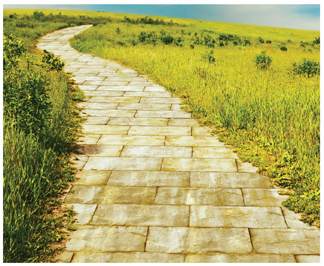 As Dorothy aptly noted in The Wizard of Oz, "This doesn't look like Kansas anymore, Toto." Twenty-four hours of video are uploaded to YouTube every minute. Each week, there are one billion tweets on Twitter. Social media has exploded in the last few years, and so too have the social networking tools for adjusters handling subrogation evaluations.
As Dorothy aptly noted in The Wizard of Oz, "This doesn't look like Kansas anymore, Toto." Twenty-four hours of video are uploaded to YouTube every minute. Each week, there are one billion tweets on Twitter. Social media has exploded in the last few years, and so too have the social networking tools for adjusters handling subrogation evaluations.
Before the Tornado
Once upon a time, not too long ago, subrogation involved a post-fire inspection by an insurance claims adjuster or a private fire investigator. In the 1990s, they photographed the loss site and obtained available fire department materials. The private fire investigator analyzed burn patterns and interviewed known witnesses at the scene. Many times these inspections and interviews took place significantly after a loss event due to a delay in reporting. During the following decade (2000), basic Internet searches were added about potential defendants and witness, as well as products that may have been involved in the fire.
The Twister Hits
Meanwhile, a foreboding change was occurring in Kansas when social media exploded online. Social media is defined as interactive mobile and Web-based communication technology. Kaplan, Andreas M.; Michael Haenlein (2010) "Users of the World Unite. The Challenges and Opportunities of Social Media." Business Horizons (2009). It is consumer-generated media that blends a variety of social input with technology and usually involves little-to-no cost, significantly less training, and often leads to instantaneous coverage from individuals present at catastrophic events or other loss sites. Examples of social media include pictures, podcasts, microblogging, social blogs, Internet forums, web blogs, videos, etc. Smart phones make immediate access to social media even easier. Almost every adjuster has access to the Internet through his or her phone to seek out potential witnesses while standing at the loss scene.
Recommended For You
Want to continue reading?
Become a Free PropertyCasualty360 Digital Reader
Your access to unlimited PropertyCasualty360 content isn’t changing.
Once you are an ALM digital member, you’ll receive:
- Breaking insurance news and analysis, on-site and via our newsletters and custom alerts
- Weekly Insurance Speak podcast featuring exclusive interviews with industry leaders
- Educational webcasts, white papers, and ebooks from industry thought leaders
- Critical converage of the employee benefits and financial advisory markets on our other ALM sites, BenefitsPRO and ThinkAdvisor
Already have an account? Sign In Now
© Touchpoint Markets, All Rights Reserved. Request academic re-use from www.copyright.com. All other uses, submit a request to [email protected]. For more inforrmation visit Asset & Logo Licensing.







